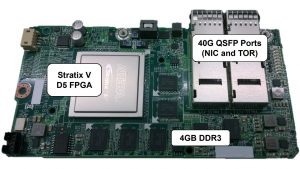It seems like the chip maker has a lot to announce today. Qualcomm has announced an upgrade to their existing entry level and midrange system-on- a-chip solutions, i.e. Snapdragon 425, Snapdragon 625 and Snapdragon 652. These chipsets will be succeeded by the Snapdragon 427, Snapdragon, 626 and Snapdragon 653 respectively.
Qualcomm’s upgrade to these chips is largely incremental as far as raw power is concerned however, quite a few features have been integrated here and there for an added incentive.
Common Upgrades:
The common feature/upgrade is that all three are getting is the X9 LTE modem. This will give these chips faster internet connection speeds over LTE in countries which offer speeds of that calibre. In addition to a better modem, all of these will also be getting Qualcomm’ Clear Sight dual camera technology and support for Quick Charge 3.0. The dual camera tech works similar to the way Huawei implemented it in the P9. One of the sensors captures in black and white for added contrast and light while the other captures colors as well.
Quick Charge 3.0 is the upgraded version of Quick Charge 2.0. The newer version charges up your phone upto 4 times faster than an ordinary charger. To use it you need a phone that supports Quick Charge 3.0 and a compatible charger as well.
Differences Between The Chips:
Here’s where the similarities end, at least for the Snapdragon 427. The other two chips, Snapdragon (SD) 626 and Snapdragon 653 are each getting a 10% boost in their overall performance. Both of the chips have the same core configurations as their predecessors (SD 652 = SD 653 and SD 625 = SD 626) but the newer chips feature a higher clock rate.
Snapdragon 653’s setup includes 4xA72 + 4xA53 core combination with the A72 cores now clocked at 1.95GHz. For Snapdragon 626 the chip setup is 8xA53 cores with the clock speed now boosted to 2.2 GHz.
It is interesting to see Qualcomm added the dual camera tech to the low end SD 427 because none of the low end phones feature a dual camera setup, yet. This move may result in OEMs making cheaper dual camera phones in the future, although its just a speculation for now and entry level phones generally come with pretty basic camera sensors.



